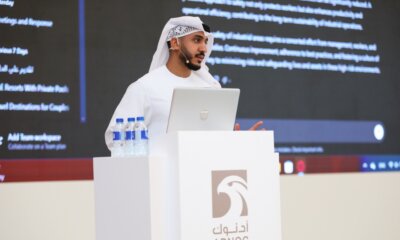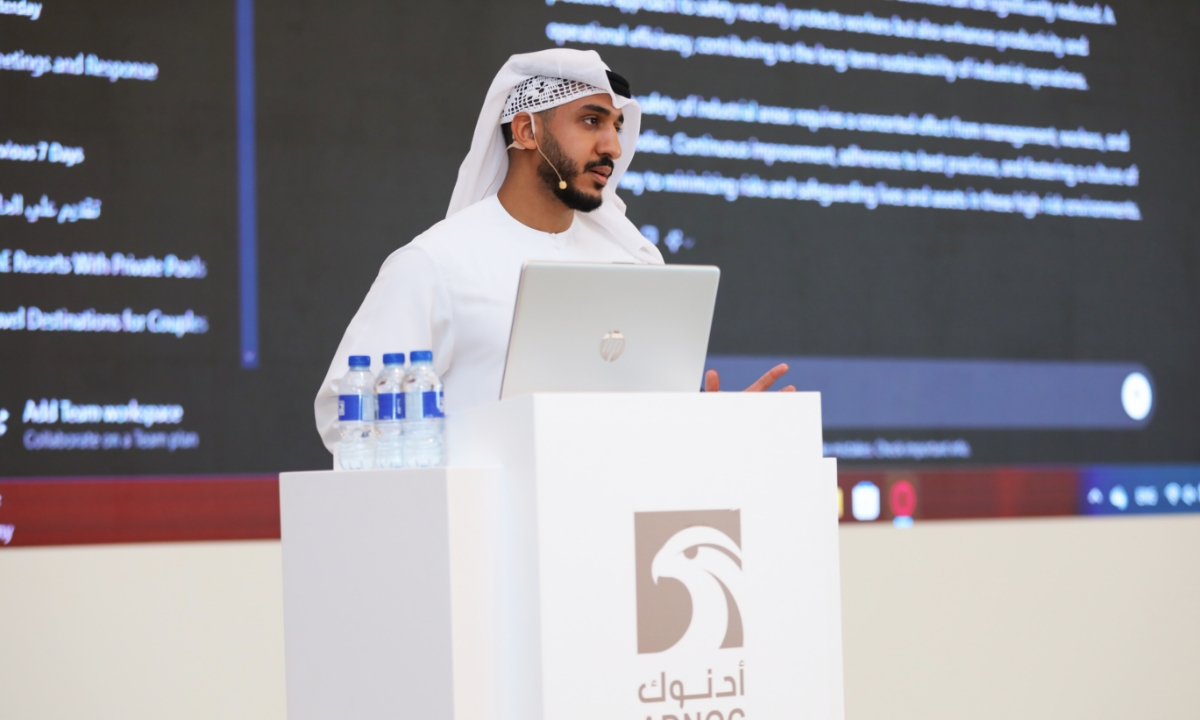When Daniel Hartnett first heard the term “corporate thief” in a Michael Moore documentary during the 2007-2008 financial crisis, he had no idea it would become the foundation of his music career. What started as a casual YouTube channel name has become something much bigger—a go-to spot where struggling hip-hop artists can actually find affordable beats without getting ripped off.
Hartnett’s path to hip-hop production wasn’t conventional. Growing up in Ireland, his mother encouraged him to explore various instruments, from the tin whistle and accordion to keyboards and guitar. At 13, he formed a grunge band with friends, teaching himself guitar and developing what he didn’t yet realize was a natural musical ear.
“I was all about grunge and barely gave any other genre a chance,” Hartnett recalls. Everything changed when his college friend Mike handed him a laptop loaded with FL Studio and introduced him to Kid Cudi’s debut mixtape, “A Kid Named Cudi.”
That single moment completely shifted his musical world. Cudi’s vulnerable, honest approach to hip-hop hit different—it felt genuine in a way that resonated with people his age. Combined with Kanye West’s “808s & Heartbreak,” these influences began reshaping how Hartnett thought about making music.
The switch from acoustic performer to beat maker wasn’t planned. Before long, he was uploading type beats like mainstream rappers, along with trap beats and pop instrumentals, to YouTube under the alias “The Corporatethief Beats.” He’s always been fascinated by stories of white-collar crime—documentaries like American Greed or films like Wall Street really influenced his branding. That’s why you’ll find beat packs and mixtapes on his site with names like Greed I$ Good, Money Never Sleeps, and Anacott Steel.
What gives Hartnett an edge in today’s crowded beat-making world is something many producers don’t have—he can actually play instruments. While most rely entirely on software, his years of playing everything from tin whistle to guitar taught him how melody and harmony actually work.
“Having a musical ear gives me a definite edge,” he explains. “Many beginner producers struggle to tell when a note is off or when two sounds clash. That intuitive understanding has saved me countless hours in the studio.”
His creative process always starts with a concept. Whether it’s a specific mood, an artist he wants to channel, or just a moment he’s trying to capture, Hartnett needs that spark before he can stay focused and inspired.
After teaching himself the basics, Hartnett decided to get serious about his craft. He studied Music Technology at Galway Technical Institute, then moved to Dublin for the Academy of Sound, where he learned proper studio techniques with Logic Pro, Pro Tools, and actual analog equipment. By 2015, he had a four-year Higher Diploma and the technical chops to back up his natural talent.
These days, 99% of his beats happen in Logic Pro—he just loves how it works. When he’s engineering for bands, though, he switches to Pro Tools since that’s what most professional studios expect. Having both skills means he can work on whatever project comes his way.
Here’s where Hartnett saw a real problem: independent artists were getting screwed by beat licensing. Basic leases cost $50-$100, often with confusing contracts and multiple pricing tiers that didn’t make sense. Artists would buy a beat, then discover they needed to pay more for different usage rights.
His answer was Rap Beat Packs—bundles with anywhere from 10 to 150 beats covering trap, boom bap, drill, and pop. Every beat comes with unlimited licensing for one price. No fine print, no upsells, no surprises.
“Producers these days tend to overcomplicate things with five or six different license tiers,” Hartnett notes. “I’ve tried to make everything simple, clear, and affordable for serious artists.”
Beyond making beats, Hartnett has become something of a teacher. His “Rap Lyricist’s Handbook” runs over 250 pages, packed with real advice on writing, recording, and marketing music. It includes QR codes for bonus content and works more like a reference guide than something you’d read straight through.
His website has become the place artists go when they need help—beat packs, production tools, marketing courses, ebooks, and blog posts that actually explain how to get your music heard. It’s designed for artists who want to build real careers, not just chase viral moments.
Hartnett has worked with artists like Kid Berg, Sam May, and Ricky T, plus collaborated with producers like Lazy Rida Beats. His dream team? Kanye West, Kid Cudi, and Drake—the three artists who basically shaped his entire approach to music.
His advice for aspiring creatives gets straight to the point: learn to market yourself, ignore sketchy promo deals, and don’t be ashamed of having a day job. Most importantly, stop obsessing over numbers that don’t matter.
“Stop obsessing over likes, views, and vanity metrics,” Hartnett says. “Focus on making genuine connections and building a fanbase that actually cares about your music. That’s how real growth happens.”
While the hip-hop world keeps changing, Hartnett stays focused on what matters—making quality beats and helping independent artists succeed. He doesn’t get caught up in who’s-the-greatest debates or industry drama.
His real message to struggling artists? “Stay grounded. This industry will test you, especially if you’re selling beats online. Just keep showing up, stay focused, and always keep learning.”
For more information about The Corporatethief Beats and available resources, visit the official website or follow on YouTube and X/Twitter.


 Business3 years ago
Business3 years ago
 Entertainment2 years ago
Entertainment2 years ago
 Culture3 years ago
Culture3 years ago
 Culture2 years ago
Culture2 years ago
 Culture1 year ago
Culture1 year ago
 Entertainment8 months ago
Entertainment8 months ago
 Entertainment2 years ago
Entertainment2 years ago
 Culture3 years ago
Culture3 years ago








































